Bb12.3 The hand visualized at Tau-ono has been depicted in reverse form compared to that arriving a week later:
... The father of Aemilianus the orator, to whom some of you have listened, was Epitherses, who lived in our town and was my teacher in grammar. He said that once upon a time in making a voyage to Italy he embarked on a ship carrying freight and many passengers. It was already evening when, near the Echinades Islands, the wind dropped and the ship drifted near Paxi. Almost everybody was awake, and a good many had not finished theire after-dinner wine. Suddenly, from the island of Paxi was heard the voice of someone loudly calling Thamus, so that all were amazed. Thamus was an Egyptian pilot, not known by name to many on board. Twice he was called and made no reply, but the third time he answered; and the caller, raising his voice, said, 'When you come opposite to Palodes, announce that Great Pan is dead.' On hearing this, all, said Epitherses, were astounded and reasoned among themselves whether it were better to carry out the order or to refuse to meddle and let the matter go. Under the circumstances Thamus made up his mind that if there should be a breeze, he would sail past and keep quiet, but with no wind and a smooth sea about the place he would announce what he had heard. So, when he came opposite Palodes, and there was neither wind nor wave, Thamus from the stern, looking toward the land, said the words as he heard them: 'Great Pan is dead'. Even before he had finished there was a great cry of lamentation, not of one person, but of many, mingled with exclamations of amazement. As many persons were on the vessel, the story was soon spread abroad in Rome, and Thamus was sent for by Tiberius Caesar. Tiberius became so convinced of the truth of the story that he caused an inquiry and investigation to be made about Pan; and the scholars, who were numerous at his court, conjectured that he was the son born of Hermes and Penelope ... ... At Opoa, at one of the last great gatherings of the Hau-pahu-nui, for idolatrous worship, before the arrival of European ships, a strange thing happened during our [the two priests of Porapora, Auna-iti and Vai-au] solemn festivity. Just at the close of the pa'i-atua ceremony, there came a whirlwind which plucked off the head of a tall spreading tamanu tree, named Paruru-mata'i-i-'a'ana (Screen-from-wind-of-aggravating-crime), leaving the bare trunk standing. This was very remarkable, as tamanu wood is very hard and close-grained. Awe struck the hearts of all present. The representatives of each people looked at those of the other in silence for some time, until at last a priest of Opoa named Vaitą (Smitten-water) exclaimed, - E homa, eaha ta 'outou e feruri nei? (Friends, upon what are you meditating?) - Te feruri nei i te tapa'o o teie ra'au i motu nei; a'ita te ra'au nei i motu mai te po au'iu'i mai. (We are wondering what the breaking of this tree may be ominous of; such a thing has not happened to our trees from the remotest age), the people replied. Then Vaitą, feeling inspired, proceeded to tell the meaning of this strange event I see before me the meaning of this strange event! There are coming the glorious children of the Trunk (God), who will see these trees here, in Taputapuatea. In person, they differ from us, yet they are the same as we, from the Trunk, and they will possess this land. There will be an end to our present customs, and the sacred birds of sea and land will come to mourn over what this tree that is severed teaches. This unexpected speech amazed the people and sages, and we enquired where such people were to be found. Te haere mai nei na ni'a i te ho'e pahi ama 'ore. (They are coming on a ship without an outrigger), was Vaitąs reply. Then in order to illustrate the subject, Vaitą, seeing a large umete (wooden trough) at hand, asked the king to send some men with it and place it balanced with stones in the sea, which was quickly done, and there the umete sat upon the waves with no signs of upsetting amid the applauding shouts of the people ...
The direction southwest (toga) was occurring twice, for in the equatorial belt - the Polynesian homeland - the Sun was at zenith twice in the year, first when travelling towards the southwestern corner (toga)
and then when he came back up again from toga in order to move towards the hole in the northeast. He turned around at the solstices. ... Then three lines are drawn east and west, one across the northern section indicates the northern limit of the Sun (corresponding with the Tropic of Cancer) about the 15th and 16th days of the month Kaulua (i.e., the 21st or 22nd of June) and is called ke alanui polohiwa a Kane, the black-shining road of Kane. The line across the southern section indicates the southern limit of the Sun about the 15th or 16th days of the month Hilinama (December 22) and is called ke alanui polohiwa a Kanaloa, the black-shining road of Kanaloa. The line exactly around the middle of the sphere is called ke alanui a ke ku'uku'u, the road of the spider, and also ke alanui i ka Piko a Wakea, the way to the navel of Wakea (the Sky-father) ...
The distance from April (4) to November (11) is 7 months, not 6. But the precession would have moved the fixed stars ahead in the Sun calendar with around a month since Roman times.
Presumably number 7 was originally drawn as lambda (Λ), but the precession would have turned this form ahead in the year.
... Men's spirits were thought to dwell in the Milky Way between incarnations. This conception has been handed down as an Orphic and Pythagorean tradition fitting into the frame of the migration of the soul. Macrobius, who has provided the broadest report on the matter, has it that souls ascend by way of Capricorn, and then, in order to be reborn, descend again through the 'Gate of Cancer'. Macrobius talks of signs; the constellations rising at the solstices in his time (and still in ours) were Gemini and Sagittarius: the 'Gate of Cancer' means Gemini ...
Similarly such signs as Rei and pu had also been pushed ahead in the year, forced to turn clockwise (or withershins if the context was designed to be read withershins):
|
|||||||||||||||||||||||||||||||||||||||||||||||||||||||||||||||||||||||||||||||||||||||||||||||||||||||||||||||||||||||||||||||||||||||||||




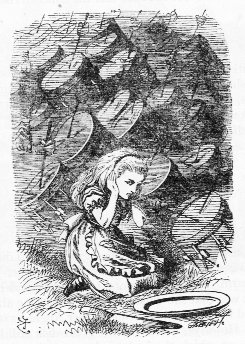


















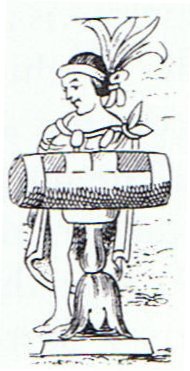






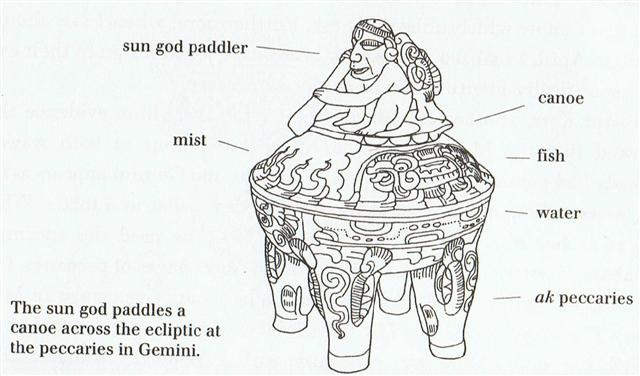
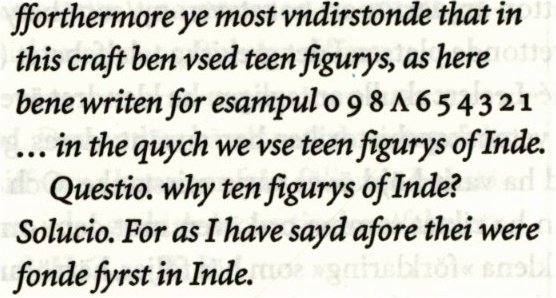


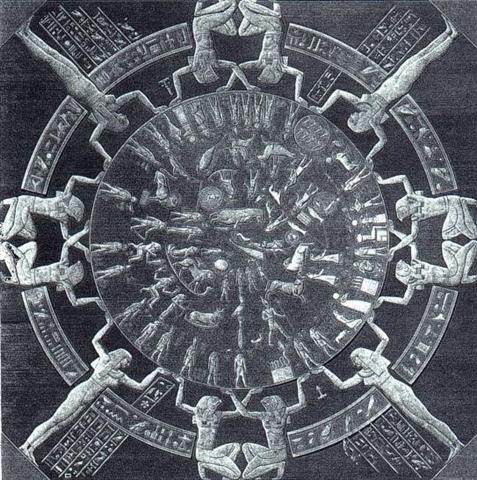



.jpg)
.jpg)